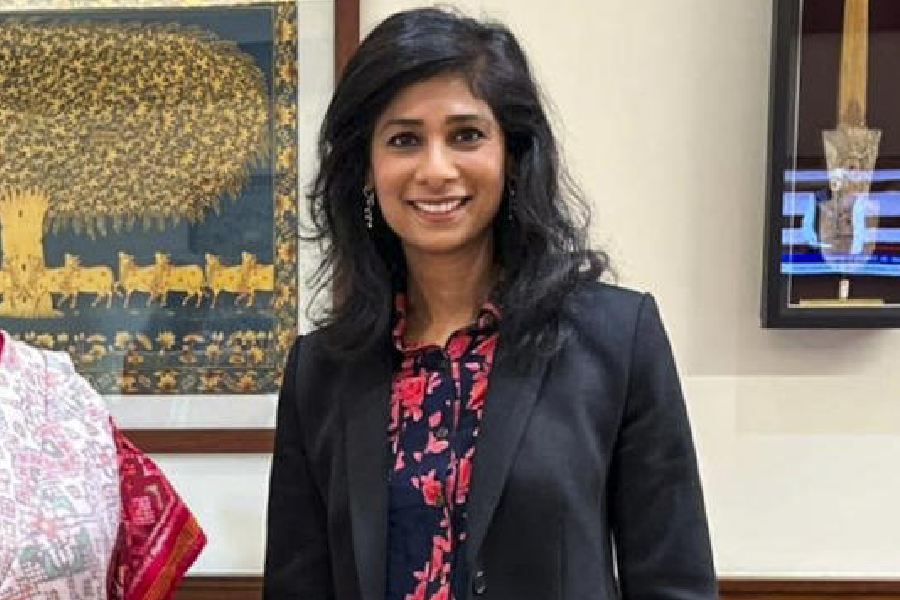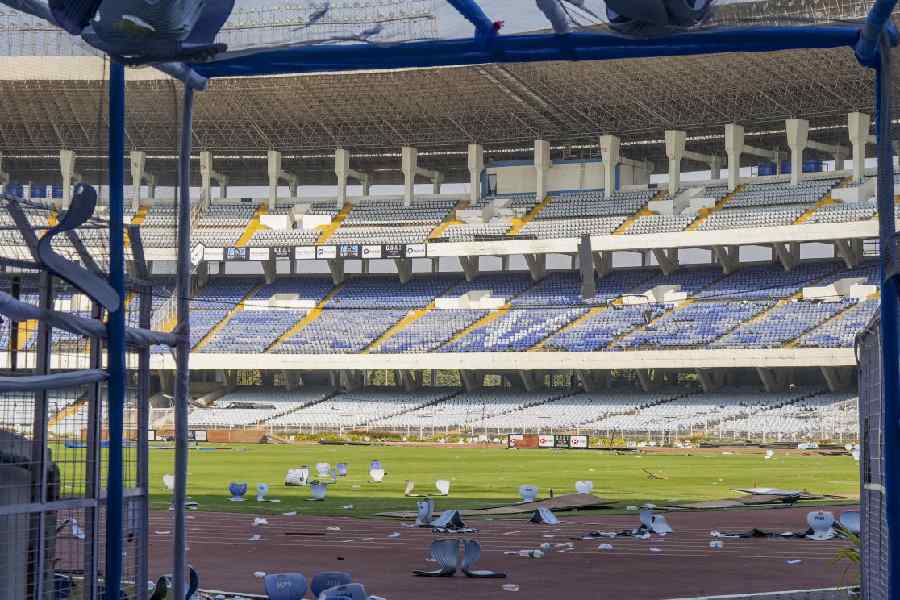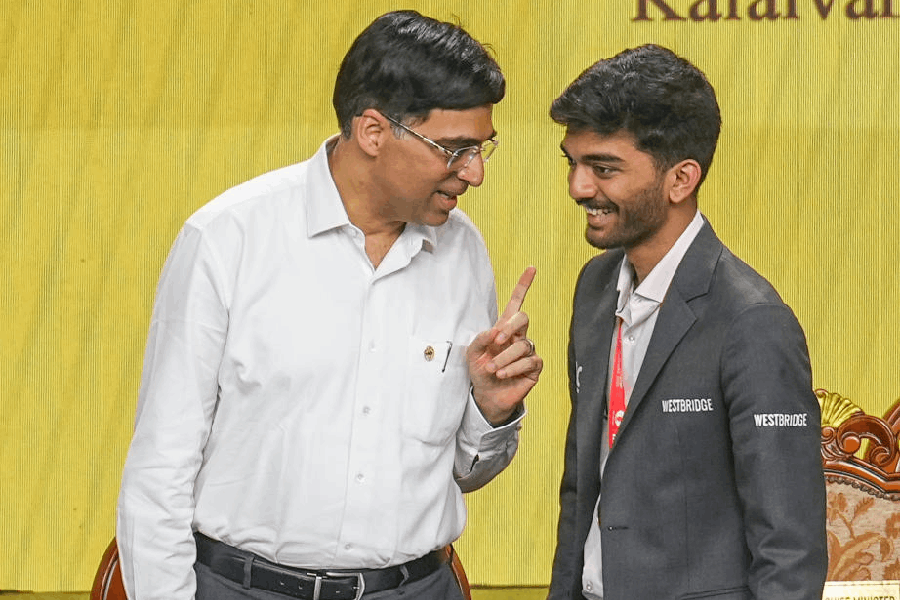 |
| A2Z workers clean dustbins at Dipatoli in Ranchi on Thursday. Picture by Prashant Mitra |
The verdict is in — the buzz is less this year.
The capital may have waterlogged roads and dry taps, power outages may make watching your favourite TV serial or properly charging your cellphone a luxury, but mosquitoes — both Aedes and Anopheles variants — are indeed less. On the health graph, the capital has scored better than Jamshedpur and bettered its own last year’s performance as far as mosquito and disease management goes.
Consider this. The capital has no malaria fatalities and no dengue or diarrhoea cases. In comparison, East Singhbhum, with ‘clean city’ Jamshedpur as the district’s crown, has officially reported seven malaria deaths, three diarrhoea deaths and three known cases of dengue.
“Nearly 25 days ago, a dengue case surfaced in Jamshedpur. But, the state capital has remained free of it this year. Moreover, malaria is under control here,” state malaria officer Dr P. Baskey told The Telegraph.
Agreed district malaria officer Dr A.K. Jungbahadur. “To the best of my memory, no malaria deaths were reported in Ranchi after 2006, but this year malaria has drastically reduced in the capital,” he said.
“The mosquito population is much less this year compared to 2011, with fewer malaria cases,” observed well-known social worker Praful Linda, who travels extensively in and around the city.
The comparison with the capital’s own malaria outbreak last year is also telling. In 2011 around this time, the capital had around 1,200 to 1,300 malaria patients, though no deaths were reported.
Ranchi, which had a reputation to live down, did take preventive and curative measures in time to prevent incidences of malaria, dengue and diarrhoea.
About two months ago, Governor Syed Ahmed had directed urban development department officials to ensure the mosquito menace was kept in check and civic cleanliness enhanced in the capital.
The state health department and Ranchi Municipal Corporation, in a rare display of convergent action, took steps to prevent vector-borne and viral diseases. The health department distributed nets among families in high-risk areas and malaria diagnostic kits among health sub-centres. Ranchi Municipal Corporation carried out regular fogging, while partner agency A2Z Waste Management Pvt. Ltd dredged drains as well as sprayed pesticides, bleaching powder, lime and phenyl at waterlogged sites and dustbins.
“We recently bought 10 hand-operated fogging machines and added two more big fogging machines to our existing two. Big fogging machines serve their purpose on arterial roads and posh colonies where roads are broad, but hand-operated fogging machines are able to enter narrow lanes and alleys of slums,” said Naresh Sinha, RMC public relations officer.
“We are spraying a pesticide called Nuvan in drains and at waterlogged places. We sprinkle bleaching powder, lime and phenyl near dustbins,” said Asish Kumar Sourabh, public relations officer of A2Z Waste Management.
This apart, the agency also employed two dredging machines to clean the clogged drains, a hotbed of mosquito breeding. As the city is perched at nearly 2000ft above sea level, rainwater has the tendency to run off instead of accumulating, provided drains are clean.
Doctors at both Sadar Hospital and Rajendra Institute of Medical Sciences (RIMS) evinced relief this year. “I think awareness against mosquitoes has increased among people. Spraying of DDT by the health department seems to have yielded positive results,” said Dr A.K. Jha, Sadar Hospital medical superintendent.
Ranchi residents can’t seem to believe their luck. “It may be due to several factors or just coincidence, but mosquitoes and malaria are less this year and at least some credit should go to the civic body, A2Z and the health department,” said Lions Club of Ranchi member Poonam Anand.
But trouble spots do exist — Islam Nagar, Harijan Basti, Kantatoli and Hindpiri. “In each of these areas, one can see 10-12 persons suffering from malaria,” said Aquil-ur Rehman, spokesperson of state unit of Edar-e-Saria, a socio-religious organisation.










